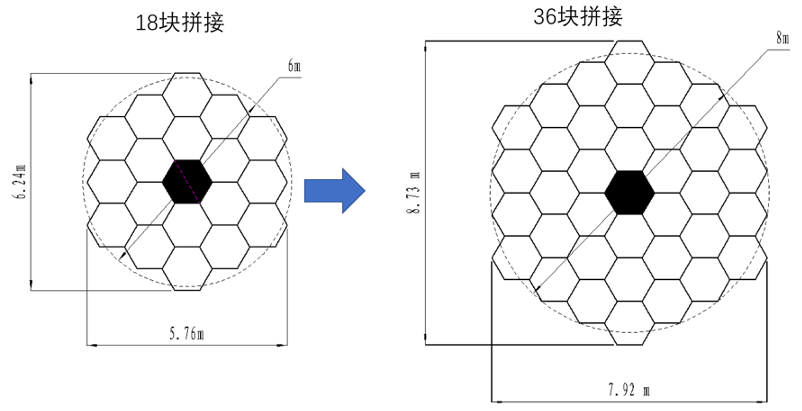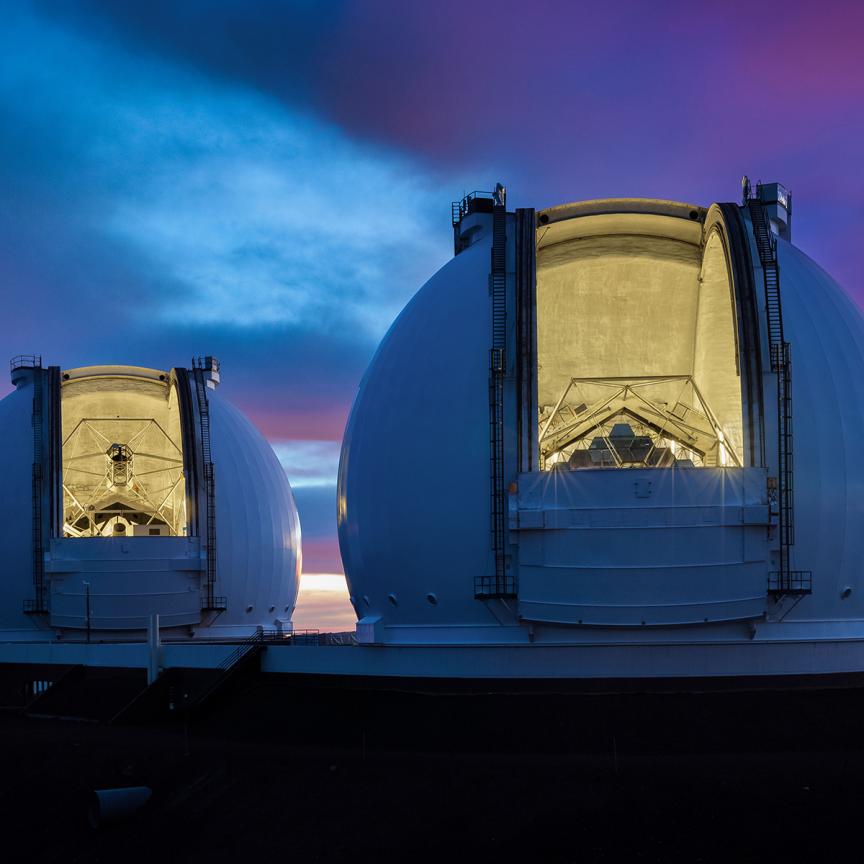China has made plans to construct an optical telescope with the largest aperture in Asia by 2030.
Named the Expanding Aperture Segmented Telescope (EAST), the new instrument will be constructed in two phases (with an initial diameter of 6m, later expanding to 8m) and is intended to narrow the current gap in optical astronomy capability between China and the rest of the world.
Currently, optical astronomical telescopes with an aperture of more than 6m are mainly owned by the United States, Europe, and Japan. They are installed in the Americas, Europe, and Africa – all outside of Asia.
The largest apertures currently available are all approximately 10m, offered by the Gran Telescopio Canarias (GTC) in La Palma, Spain, the Keck telescopes in Hawaii, the Hobby–Eberly Telescope (HET) in Texas, and the Southern African Large Telescope (SALT) at the Northern Cape.
Future telescopes currently either planned or under construction will extend the largest apertures available to 25-40m, including the European Extremely Large Telescope (E-ELT) and Giant Magellan Telescope under construction in Chile – with 39.3m and 24.5m primary mirrors respectively – and the Thirty-Meter Telescope planned in Hawaii which, as its names suggests, will have a 30m primary mirror.
Meanwhile, the largest Chinese optical telescope is the Guo Shoujing Telescope, with an average aperture of 4m, however this is a special telescope only used for spectral surveys. The largest domestic “general-purpose” optical telescopes are the 2.4m telescope in Yunnan and the 2.16m telescope in Hebei. While the country does have world-class observatories operating in the radio and high-energy bands, its lack of medium and large optical telescopes could hinder the overall development of Chinese astronomy. This is partly due to observational discoveries in other wavelength bands often requiring follow-up observations with large optical telescopes to confirm their scientific value.

The telescope will be constructed on the Saishiteng Mountain in Qinghai Province, at an altitude of 4,200m.
For example, the soon-to-be-launched 2m China Space Station Sky Survey Space Telescope (CSST), and the 2.5m Wide-Field Survey Telescope (WFST) to be built in Qinghai, will both require larger-aperture general-purpose optical telescopes for follow-up astronomical observations. Therefore, according to Peking University’s Department of Astronomy, which will lead the development of EAST, it is very necessary for China to build a new general-purpose optical telescope with a diameter of 6-8m as soon as possible.
EAST will have the largest spliced mirror in Asia and will be constructed in two phases over a total of seven years. The first phase (2024-2028) will see a main mirror constructed from eighteen 1.44m sub-mirrors, totalling around 6m in diameter. This will be accompanied by focal plane instruments including imaging cameras and low- and medium-resolution imaging spectrometers. The second phase (2029-2030) will see eighteen further sub-mirrors added to the periphery, bringing the total aperture of the main mirror to approximately 8m. High-resolution spectrometers, multi-object spectrometers, polarimeters, and adaptive optics systems will also be added at this stage.

The two stages of EAST's development will see two sets of eighteen sub-mirrors make up the primary mirror. (Image: Peking University)
The telescope will be constructed on the Saishiteng Mountain in Qinghai Province, at an altitude of 4,200m. The total cost of the project is estimated at ¥500-600 million (€68-82 million).


